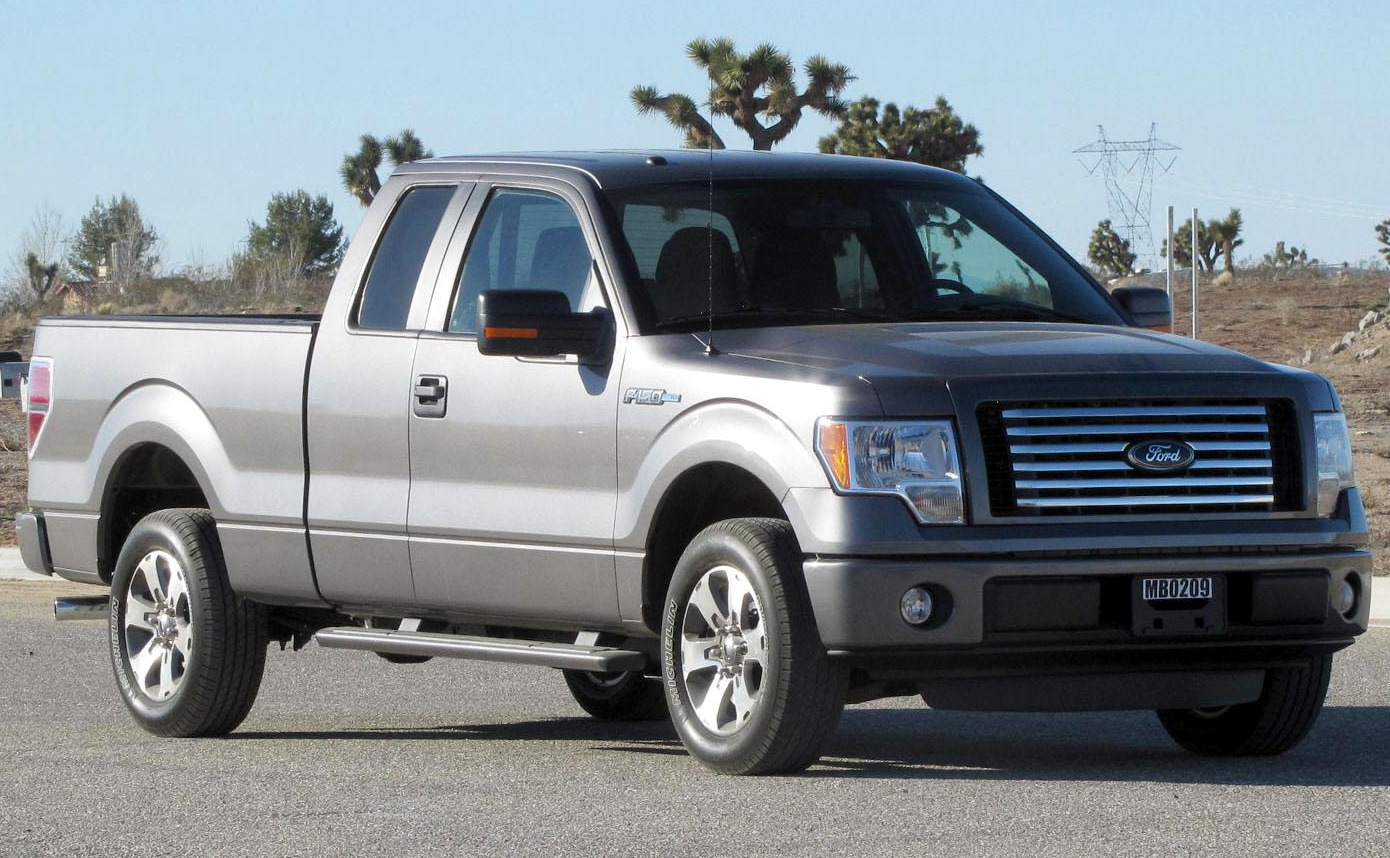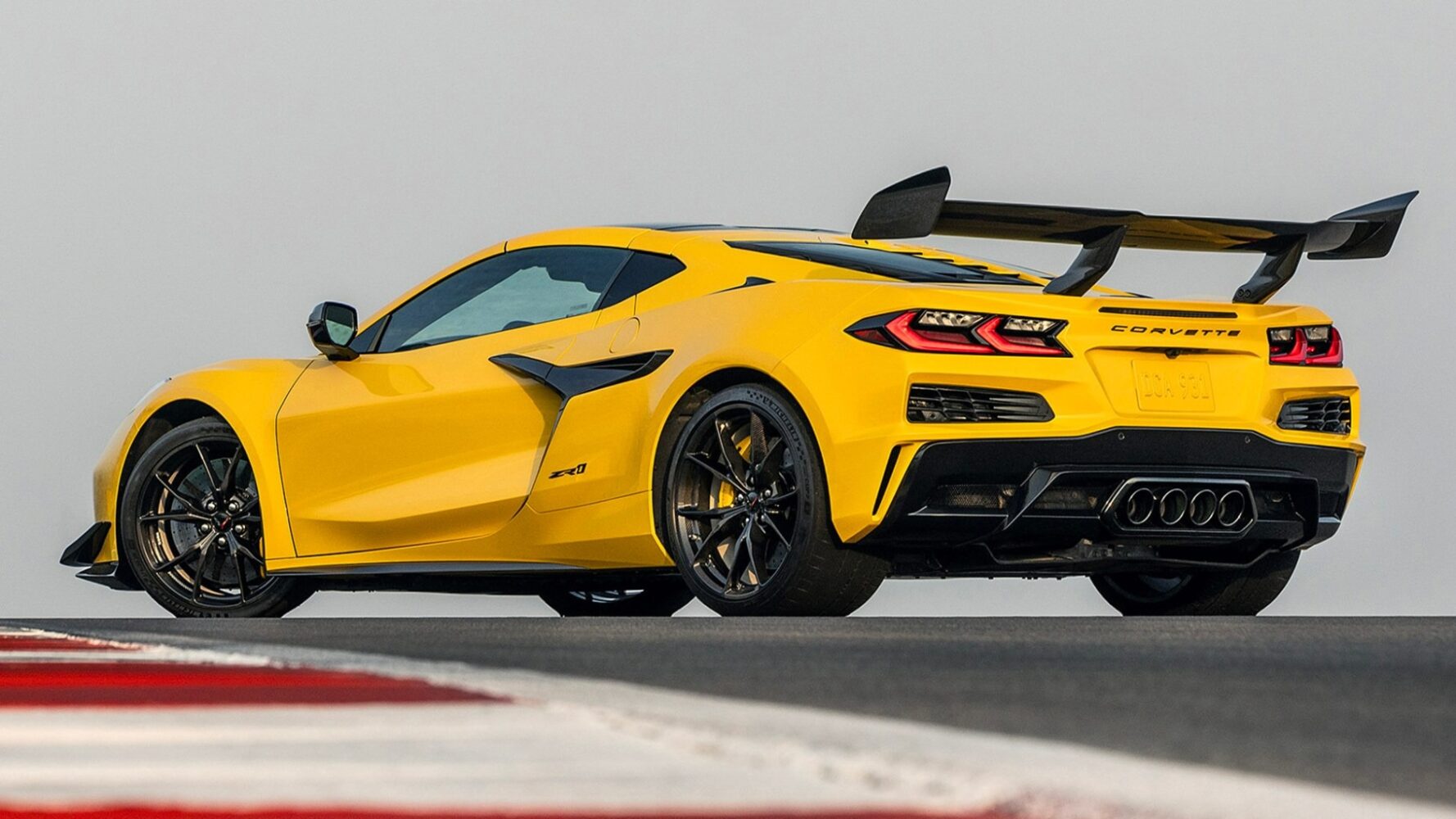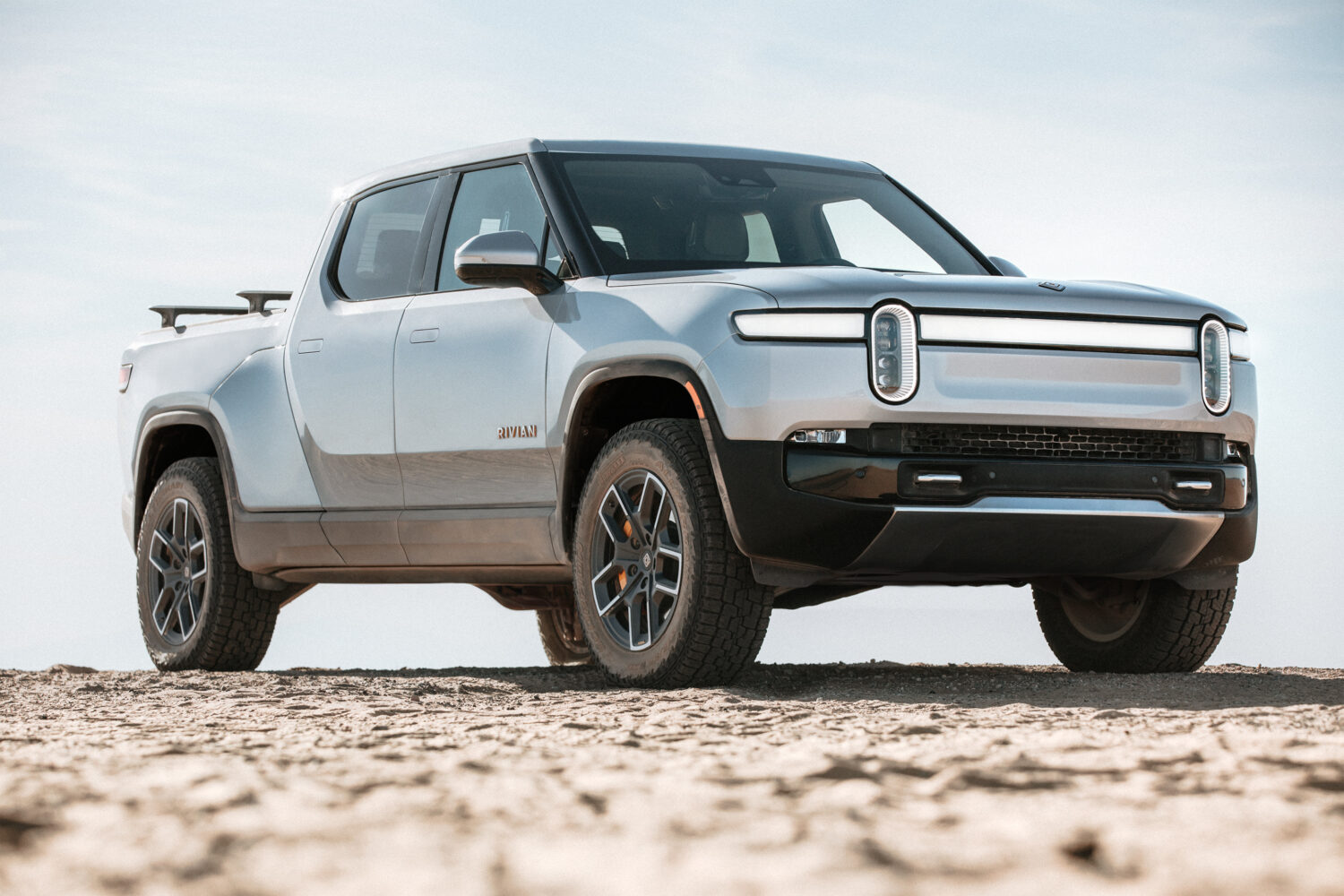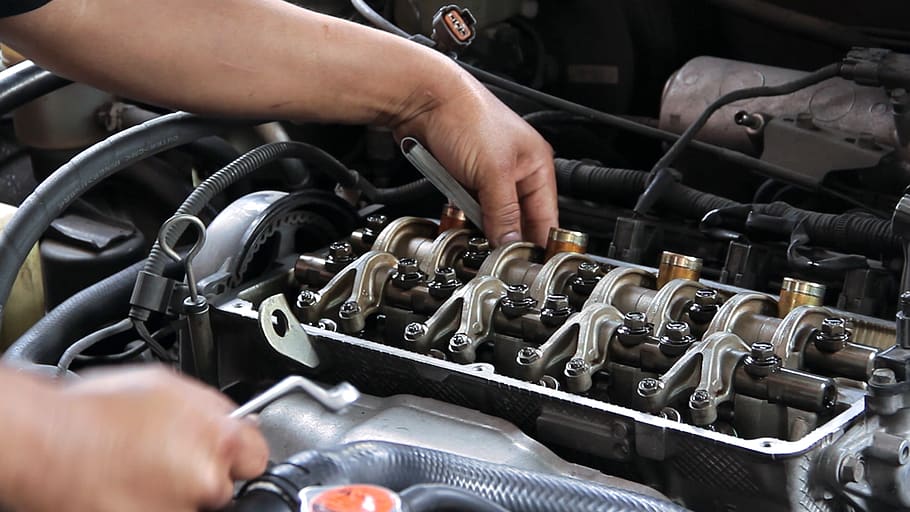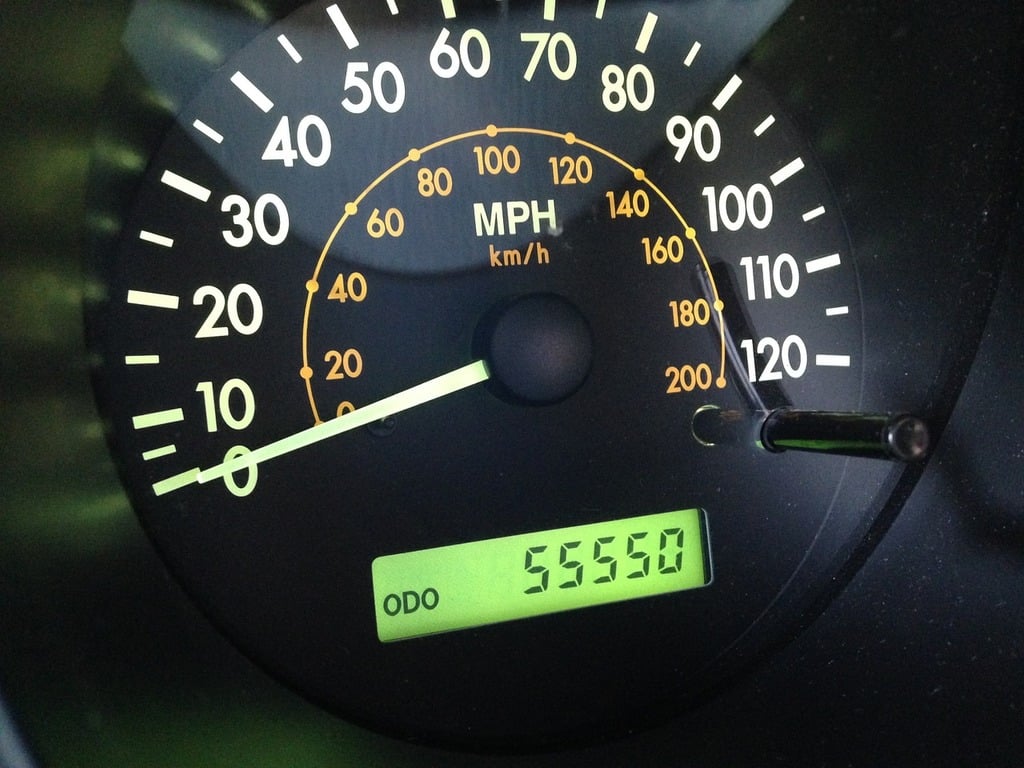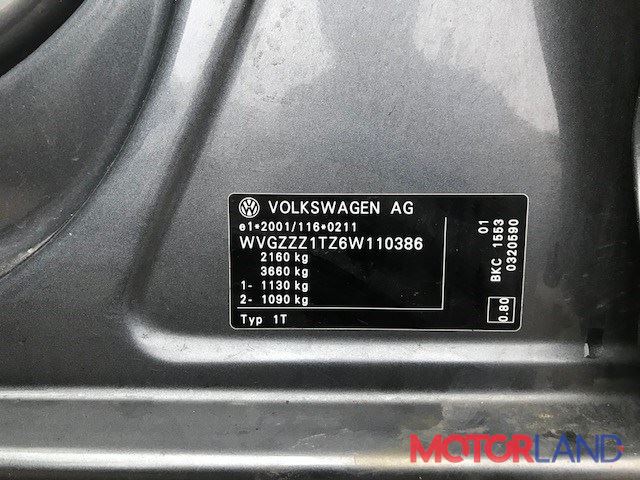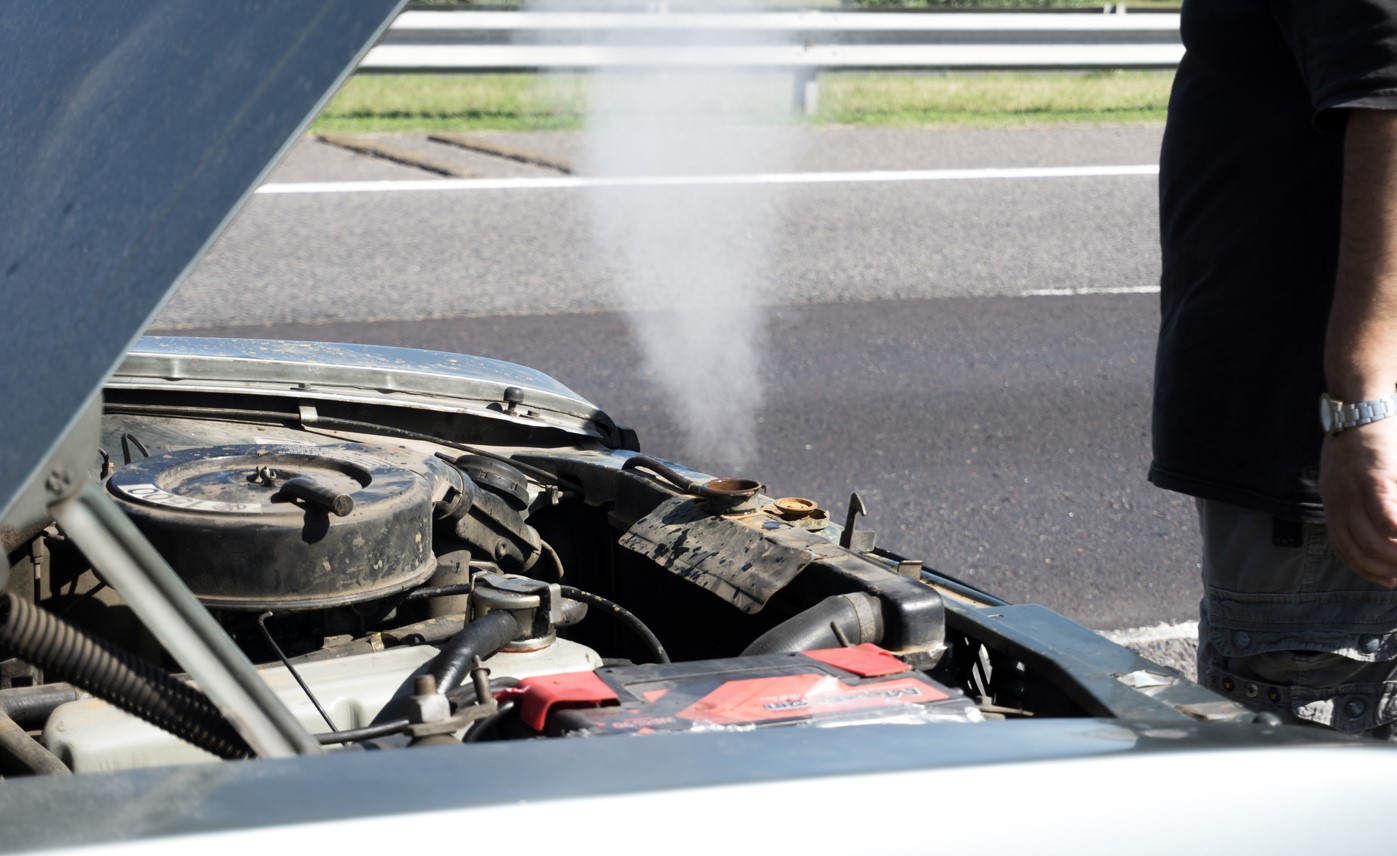Thirty-six miles.
That’s how far you can push the Bugatti Bolide’s track-focused rubber before needing a fresh set.
For perspective, that’s roughly the distance from Manhattan to Greenwich, Connecticut. One spirited track session and your $8,000 tire set is cooked.
Hypercar Economics: Cost Per Mile
The Bolide isn’t just a car. It’s a 1,578-horsepower exercise in mechanical extremism that demands equally extreme maintenance.
Those specialized Michelin slick tires cost nearly a quarter per foot traveled. No typo.
Surprisingly, this makes them a bargain compared to the Veyron’s absurd $42,000 tire sets. The Chiron’s rubber looks positively economical at $7,200 per set, with the added bonus of lasting 10,000 miles.
Beyond Just Replacing Rubber
Owning a $4-5 million Bolide requires embracing a maintenance schedule that would make most supercar owners weep:
- Tires must be preheated before mounting
- Each tire undergoes multiple mount/unmount cycles to create uniform traction
- Special skinny “transport tires” come with the car for paddock movement
- Unused tires expire after five years, regardless of mileage
The Bolide’s track-focused design means you’re also regularly replacing seatbelts, interior padding, fire extinguishers, and carbon brakes according to strict schedules.
The Hidden Tax of Hypercar Ownership
Every hypercar demands sacrifice. The Bolide simply makes that relationship explicit.
Each lap costs real money. Each apex has a price tag.
The Bolide represents the ultimate track toy for those who measure wealth not in millions, but in billions. For them, burning through $8,000 tires every half-hour of track time isn’t an expense—it’s just the cost of admission.
Think of it as the world’s most exclusive subscription service. One that delivers adrenaline, bragging rights, and regular invoices.
The car may be a pinnacle of engineering, but its maintenance schedule is designed to separate enthusiasts from pretenders.
Thirty-six miles never seemed so short.






